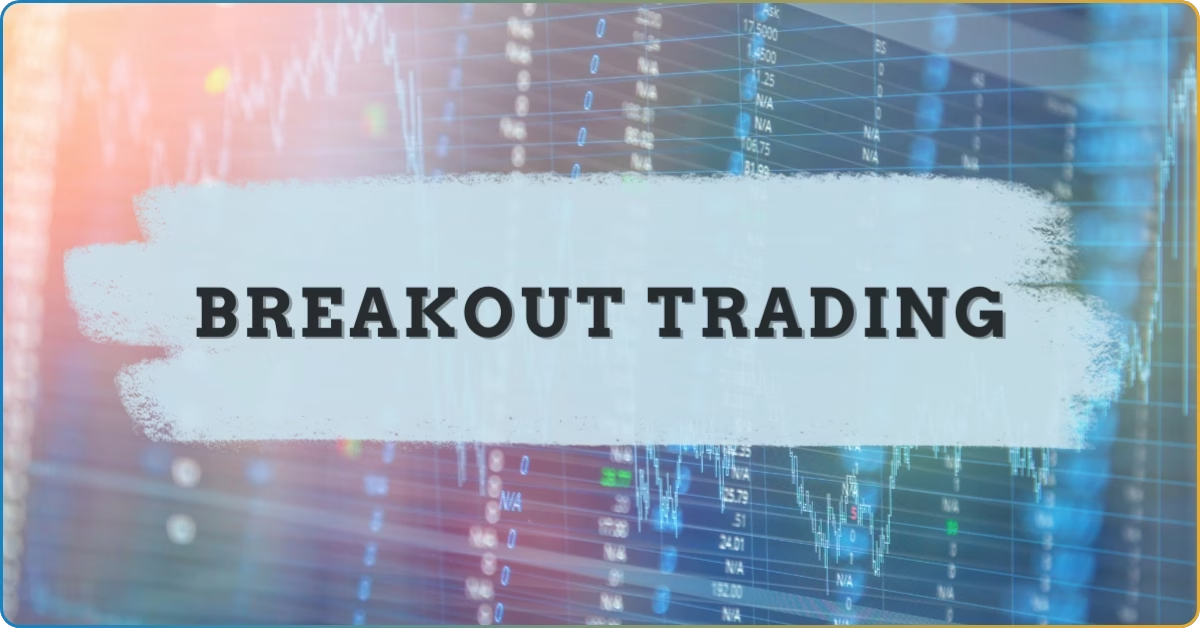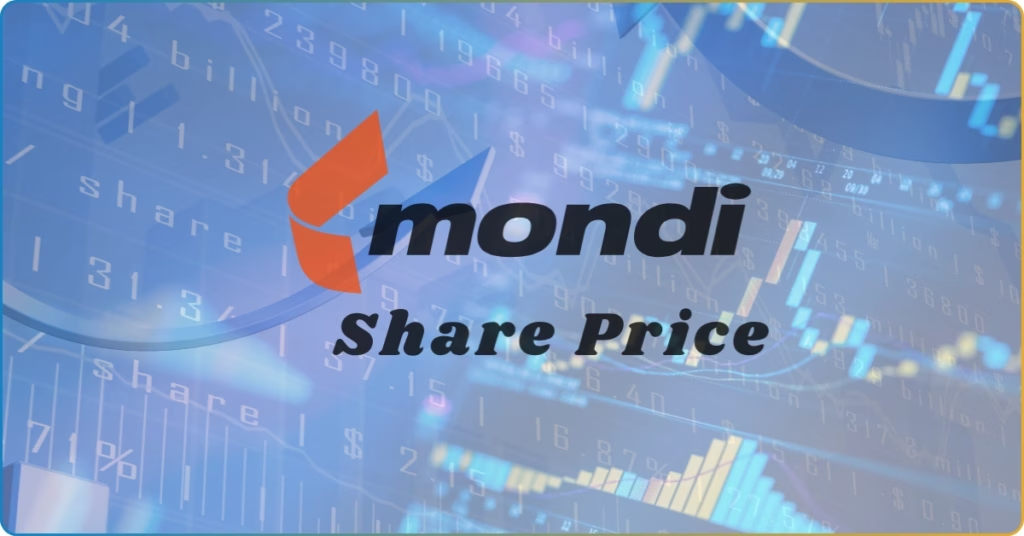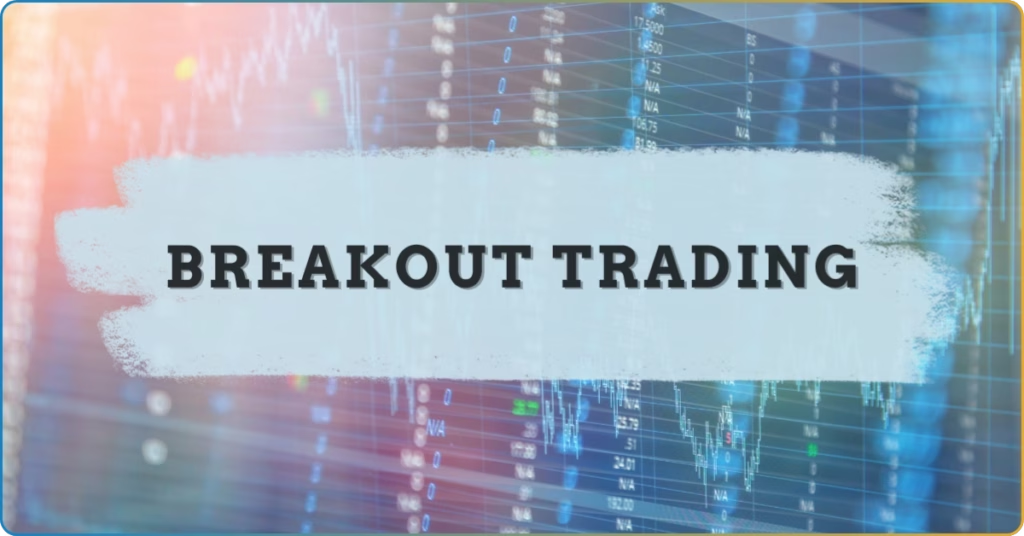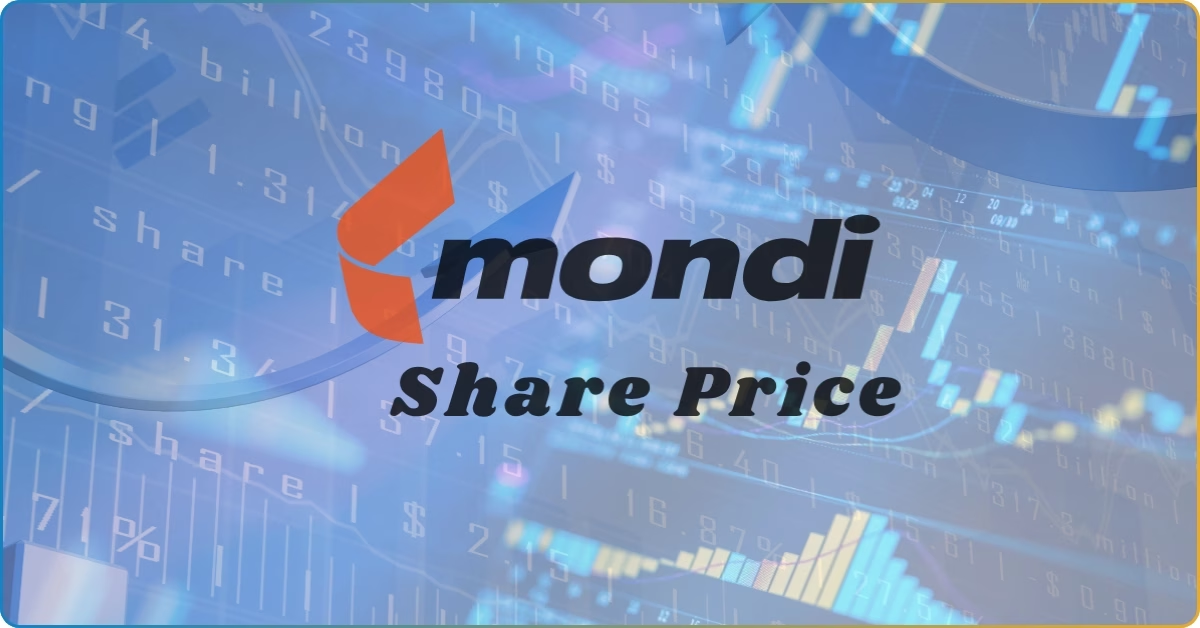Breakout trading is one of the strategies that is widely used by most traders who want to maximize potential profits by catching the momentum of a certain price level that signals a new strong trend.
However, here comes the real catch—are you confident about precisely targeting the price level? Because disclaimer alerts: the reality of breakout trading comes with fakeouts, false signals, and setups that look promising but can collapse when they’re not calculated properly.
This TRU Insight provides the truth about breakout trading, and exposing the twists and turns is not a way to discourage but rather provide the real breakthrough of effectively using breakout trading with real strategies, distinguishing types and tools that work in today’s volatile market.
What is Breakout Trading?
Breakout Trading is based on spotting the support and resistance levels with increased volume of traders breaking the price barrier, and when it moves past these areas, this is an indicator for you to buy or sell the asset. However, the goal is to catch the start of a strong price trend and ride the momentum for profit.
Besides, this kind of strategy is applied differently depending on the financial instrument you’re using it with. The table below explains Breakout Trading across financial instruments:
| Feature | Forex (FX) | Stocks | Crypto |
| Hours and Liquidity | Trades 24/5 It is the most liquid market with huge volume. | Trades during fixed exchange hours Liquidity varies by company size. | Trades 24/7 Liquidity can be thin for smaller coins. |
| Volatility and Pace | Lower volatility and steady pace | Moderate volatility | Highest volatility |
| Influences | Driven by global economic news and central bank decisions. | Influenced by company news, earnings, and sector trends. | Affected by social media, news, regulation, and technology. |
| Breakout Management | It’s mostly traded during peak hours and uses wider stop-losses due to leverage. | It’s less risky to “fakeouts” because it mostly focuses on confirming breakouts using company research. | Needs tight risk management due to volatility and frequent fakeouts. |
6 Types of Breakout in Trading
Knowing the different types of breakout trading is also essential information to understand how these breakouts work behind their respective movements, that is predefined with rules, risks, and market behavior:
Volume-Based Breakouts
This is a simple breakout that only looks at the indicator of the total quantity of the asset traded. A high trading volume indicates strong market conviction, which often leads to a significant price move, in contrast to low-trading volume, wherein a low number of traders means a lower chance of trend. The only risk here is that sometimes, a large volume can mark the end of a momentum rather than a beginning.
Horizontal Breakouts
Horizontal breakout is the most common breakout because it’s a simple indicator that when a price level is in a longer position of horizontal support or resistance level, it means that it is more capable of an uptrend position.
While it’s considered a simple calculation strategy, the risk lies in the fact that the waiting time could also mean that fakeouts could happen, wherein the price briefly reverses into its previous range.
Trendline Breakouts
Trendline breakouts occur when the price range comprises a series of highs and lows that form a diagonal trendline, which signals a weakening of the current trend that is anticipated for a potential reversal. This breakout is more reliable once the volume of traders is confirmed and not just simply market noise.
Channel Breakouts
Channel breakouts happen when the price moves past the parallel support and resistance lines that form a trading channel. These channels can slope upwards, downwards, or be horizontal. The price moving inside these lines signifies a consolidating phase, where a new, potentially strong trend is about to begin. However, there is a significant risk of fakeouts, where the price briefly exits the channel before being pulled back inside.
Triangle Breakouts
A triangle breakout consolidates the assets’ prices into a narrower range that forms a triangular shape that is seen in the chart before the breakout begins. The narrower the trendline is, the more it tightens to build up a momentum that bounces for a strong push in the upward direction.
Head and Shoulders Breakouts
The head and shoulder breakout is composed of three peaks: a left shoulder, a higher head, and a lower right shoulder that is followed by a break of the “neckline” that connects the lows between the peaks.
The risk that lies in this breakout is that a potential reversal could either be an uptrend or a downtrend; that is why the trick is to wait for the price to break below the neckline with increased volume, because the pattern is not yet complete until this happens.
Strategies of Breakout Trading
When it comes to breakout trading, there’s a lot more to it than just spotting a level, because even the best patterns and indicators will fail without a strategic approach.
The Role of Trading Psychology in Breakouts
As breakout trading happens in a volatile environment, this means it requires great patience to wait and catch the right moment for the breakout to occur. Moreover, the risk of false signals can also test your fear, greed, and patience to the next level. That is why traders should not act impulsively and practice a good state of mind to execute breakout trading effectively.
Read more: 6 Costly Trading Psychology Mistakes Traders Must Avoid
Best Indicators for Breakout Trading
There isn’t a single “best” indicator, but a combination of volume and momentum tools is most effective for confirming breakout trades
Moving Average Convergence Divergence (MACD)
This is a solid indicator for momentum traders since MACD measures the relationship between two moving averages and can signal potential breakouts.
Relative Strength Index (RSI)
RSI can measure the speed and price changes, which is why it can be a great tool to confirm breakout momentum by determining overbought and oversold conditions.
Bollinger bands
This popular indicator measures volatility and can signal a breakout when the price moves past the upper or lower band, with widening bands indicating increased market volatility.
Best Trading tools & Platform
Choosing the right tools is a vital component that can help you spot breakout levels more effectively. Here are the tools that you can consider:
- Stock screeners: can filter thousands of stocks based on specific criteria
- Economic calendar: helps you understand what triggers breakouts
- Trading journal: review trades and breakouts by tracking activities
- cTrader: an intuitive advanced trading platform to practice these trading tools
What are the Pros and Cons of Breakout Trading?
To further weigh your decisions in using breakout trading, here is a simple reference of its positive edge, along with possible drawbacks that you can either tolerate or not:
| Pros | Cons |
| Offers a chance to maximize profits by distinguishing breakouts effectively. | The risk of false breakouts (fakeouts) It can happen sometimes. |
| Marks a guide for reference for better entry and exit levels. | Breakouts take place in volatile conditions, which can yield a different price than intended. |
| Applicable across all financial instruments and can be used in different timeframes that favor all trading styles. | Requires great patience and speed of execution. |
Frequently Asked Questions
What is the difference between a breakout and a fakeout?
A breakout means that the price moves beyond the support or resistance, while fakeouts can appear like breakouts but quickly reverse, which traps traders who enter too early.
How do I trade the intraday breakout strategy?
Focus on tight price ranges, wait for volume confirmation, and enter trades only after a clear breakout candle closes beyond the range, then manage risk with stop-loss and profit targets.
Final Verdict: Is Breakout Trading Still Worth It in 2025?
The digital age is evolving in ways that affect how trading should be approached effectively, especially during this modern era, wherein lots of market events highly influence price actions that are mostly volatile.
While the financial landscape is now partly dominated by advanced tools like AI trading and algo trading, using manual tools like breakout trading remains an ideal tool for traders who really want to hone their skills with speed and a precise approach to the market.
After all, practicing trading in your own ways is also investing in areas that can make you efficient with trading psychology and more trading tools that can refine your financial literacy—and that is something no one can steal from you.
Get the most out of trading with an all-in-one space that offers free trading courses, expert-led webinars, live trading signals, and more trading perks at CommuniTrade.
















